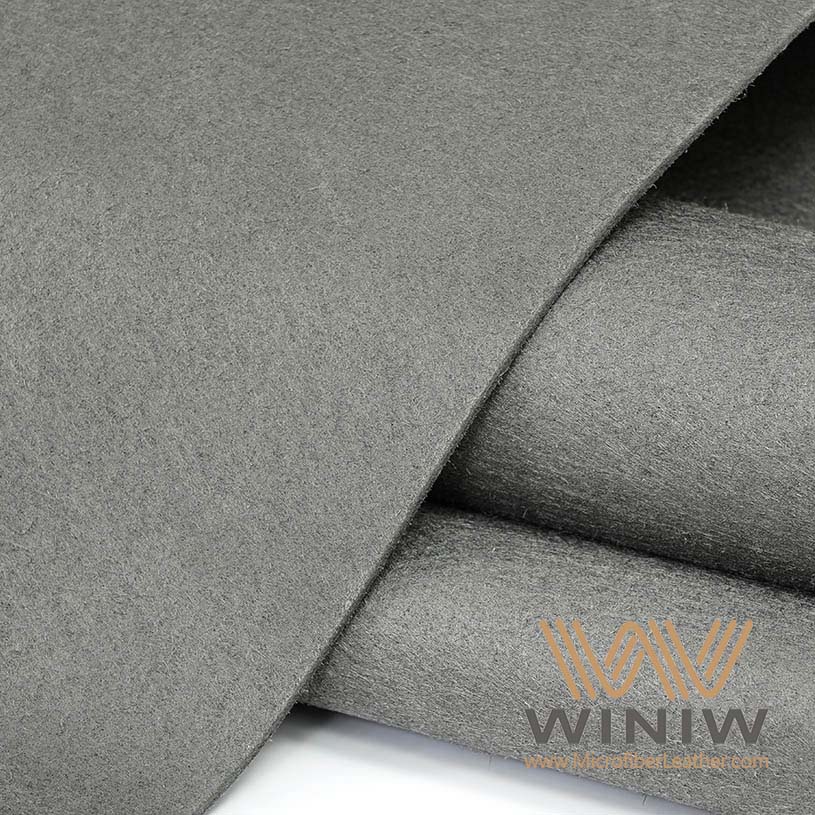
You might see genuine leather fabric and think it means the highest quality, but this material comes from animal hides and sits below premium options. Most hides used for genuine leather fabric come from cows, sheep, pigs, and goats.
|
Animal Source |
|
|---|---|
|
Cows |
65% |
|
Sheep |
25% |
|
Pigs |
11% |
|
Goats |
9% |
|
Other Animals |
<0.2% |
Genuine leather fabric uses multiple layers of hides, which makes it less luxurious but still real. Many shoppers miss this difference and feel confused by product labels. You empower yourself when you learn to spot these details.
Today, many people look for alternatives to genuine leather fabric. Consumers want sustainable choices and seek cruelty-free materials. Manufacturers now explore new options, but genuine leather fabric still holds a special place for those who value tradition.
Genuine leather comes from animal hides, typically from cows, sheep, pigs, and goats. It is a lower grade than full-grain and top-grain leather, making it more affordable but less luxurious.
When shopping for leather, check labels and use your senses. Genuine leather feels warm and soft, while synthetic options feel cold and rigid. Look for natural imperfections and an earthy smell.
Understanding the differences between leather types helps you make informed choices. Genuine leather is budget-friendly and versatile, suitable for various products like bags, shoes, and jackets.
Genuine leather fabric stands as a unique material in the world of leather. You encounter it in many products, but its true nature often surprises even seasoned shoppers. This leather fabric comes from animal hides, usually after the top layers have been removed for higher grades. You might see the term and expect luxury, but genuine leather sits below full-grain and top-grain in the hierarchy. The process involves taking leftover layers, treating them, and turning them into a versatile material. You gain a product that is real leather, yet it does not match the strength or beauty of the finest grades.
When you choose genuine leather fabric, you select a material with distinct characteristics. This leather fabric offers a balance between affordability and authenticity. You notice several features that set it apart:
|
Feature |
Description |
|---|---|
|
Durability |
Leather fabric lasts for years, though not as long as full-grain. |
|
Water-resistance |
Offers some protection against moisture. |
|
Insulative properties |
Keeps heat in, making it comfortable in cool weather. |
|
Softness |
Feels supple, though the finish can affect this. |
|
Breathability |
Lower than other types of leather fabric. |
|
Moisture-wicking |
Limited ability to wick away moisture. |
|
Heat retention |
Retains warmth well. |
|
Stretchability |
Does not stretch much. |
|
Pilling/Bubbling |
Rarely pills or bubbles. |
You find genuine leather in clothing, accessories, and even equestrian equipment. This leather fabric adapts to many uses, thanks to its flexibility and classic appeal. You see it in handbags, shoes, and jackets, where it brings a sense of tradition and style.
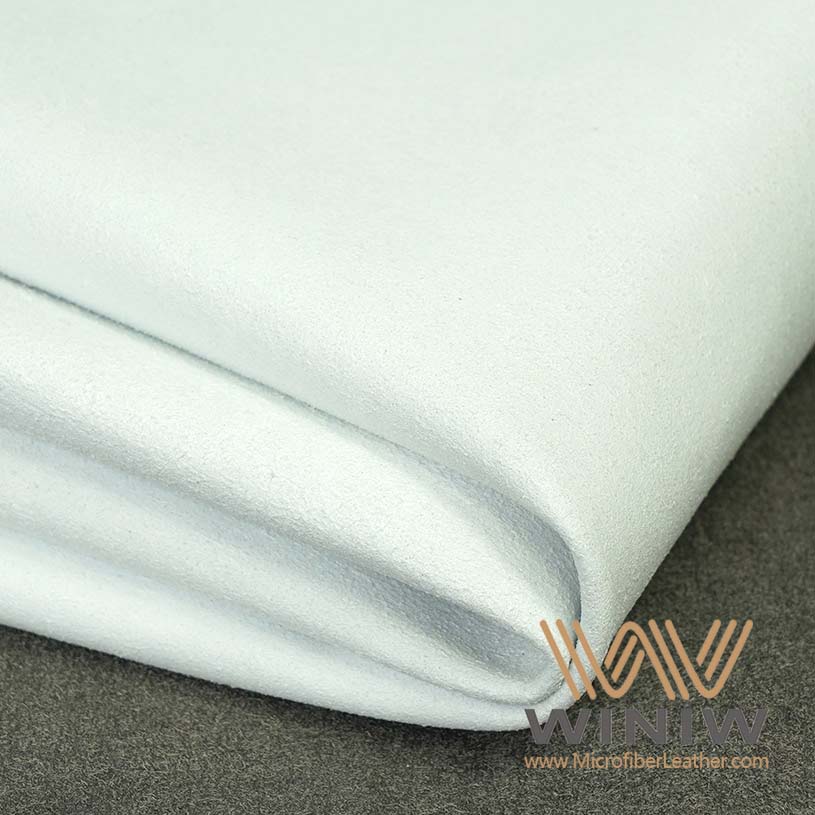
You might wonder how genuine leather fabric compares to other types of leather fabric. The answer lies in the structure and processing of each type. Full-grain leather stands at the top, keeping the entire grain layer and showing off natural imperfections. This type of leather fabric grows more beautiful with age, developing a rich patina. You feel its strength and durability every time you touch it.
Top-grain leather comes next. It uses the top layer of the hide, sanded for a smooth, even look. You get a consistent appearance and a soft feel, but it still outperforms genuine leather in both longevity and luxury.
Genuine leather, on the other hand, comes from the leftover layers after the best parts are removed. You see more processing, which can make the surface look uniform but reduces its natural charm. This leather fabric does not develop the same patina as full-grain, and it wears out faster. Most genuine leather products last five to ten years, while full-grain can last a lifetime and top-grain several decades.
Here’s a quick comparison to help you understand the main types of leather:
|
Leather Grade |
Description |
|---|---|
|
Top-Grain |
Highest quality, made from the top layer, keeps natural grain. |
|
Full-Grain |
Includes the entire grain layer, shows natural imperfections, most durable. |
|
Split-Grain |
Made from lower layers, often called genuine leather. |
|
Genuine Leather |
Lower quality, made from leftover scraps, bonded together. |
|
Bonded Leather |
Made from scraps bonded together, lowest quality. |
You also notice differences in appearance and texture among the types of leather fabric:
|
Leather Type |
Appearance Description |
Texture Description |
|---|---|---|
|
Genuine Leather |
Wide variances in grains, textures, and finishes. |
Can feel supple and natural, but finish can affect this. |
|
Suede and Nubuck |
Soft and fuzzy finish, needs special care. |
Soft texture, distinct from other leather types. |
|
Highly shiny, sometimes looks like faux leather. |
Can feel plastic-like, less natural. |
|
|
Natural Leather |
No finish, shows the hide’s natural look. |
Keeps the original feel of the leather. |
|
Antique/Distressed |
Worn, aged look, often with patina. |
Adds character, keeps structure. |
|
Grunge |
Unique, with scars and uneven colors. |
Each piece is distinct, shows imperfections. |
You see that genuine leather fabric offers variety, but it cannot match the durability or beauty of full-grain or top-grain. Still, you get a real leather product at a more accessible price.
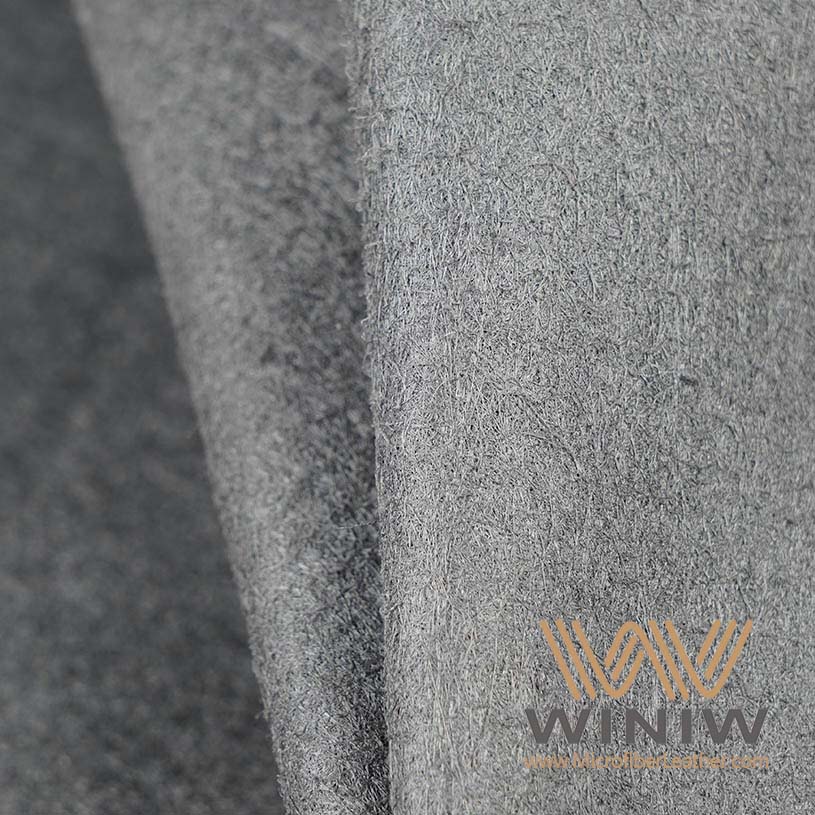
You may have heard many myths about genuine leather fabric. These misunderstandings can lead you to make choices that do not match your needs or expectations. Let’s clear up some of the most common misconceptions:
Many people think genuine leather is not real leather. In truth, it comes from animal hides, just like higher grades.
Some believe all leather products are equally durable. The reality is that durability depends on the type of leather fabric and how you care for it.
You might hear that genuine leather is always low-quality. Quality varies, and some genuine leather products perform well with proper care.
The term “genuine leather” often sounds like a mark of excellence. In reality, it refers to a lower grade, made from scraps and treated with less expensive methods.
Price does not always reflect quality. You need to look at craftsmanship and the type of leather fabric used.
Some think cleaning leather goods is difficult. With the right approach, you can maintain your leather fabric easily and enjoy it for years.
Another myth says leather goods are fragile. High-quality leather, even genuine leather, can be strong and outlast many synthetic materials.
Marketing terms like “real leather” and “genuine leather” can confuse you. Brands sometimes use these words to make products sound better than they are. You stay empowered when you learn what these terms truly mean.
Tip: Always check the label and ask questions when you shop for leather fabric. You deserve to know exactly what you are buying.
You now see that genuine leather fabric has its place among the types of leather fabric. When you understand the differences, you make smarter choices and find products that fit your values and lifestyle.
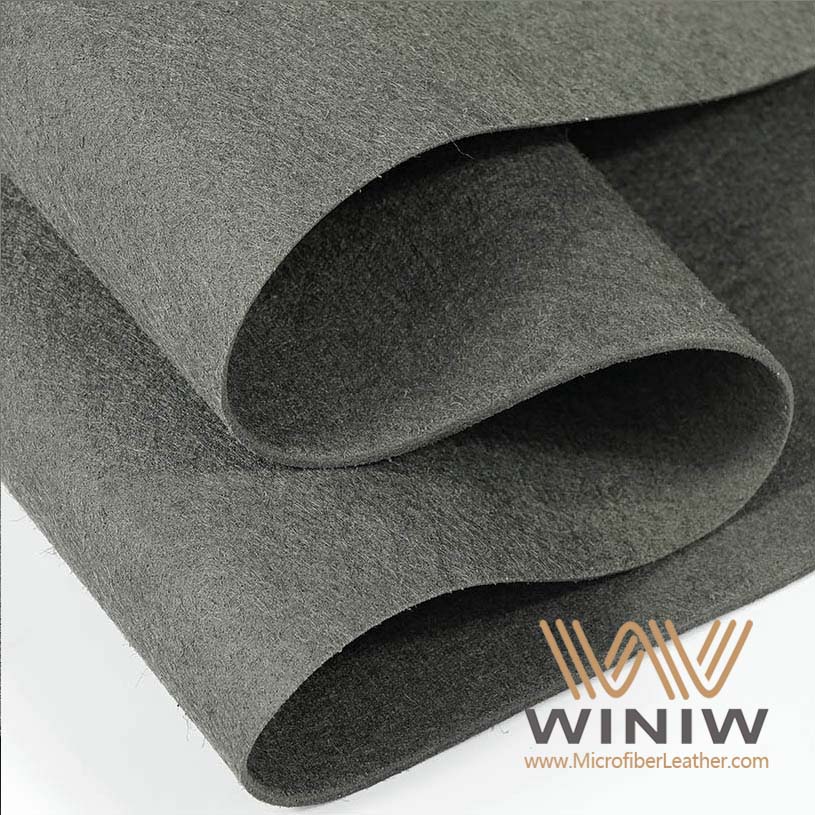
You unlock the story of leather every time you choose a product made from animal skins. The leather manufacturing process transforms raw animal skins into beautiful, durable leather fabric. You witness three main stages in how leather fabric is made:
You start with animal skins, which arrive at the tannery fresh or salted. The preparation stage includes curing, soaking, liming, fleshing, splitting, deliming, bating, and pickling. These steps clean and soften the skins, preparing them for tanning leather. You see different chemicals used, such as vegetable extracts from wood and nuts for vegetable-tanned leather, trivalent chromium for chrome tanning, glutaraldehyde for chrome-free tanning, and zeolite-based agents for zeology. Wet White leather uses aldehydes, aluminum, zirconium, titanium, or iron salts. Each method gives the leather unique qualities.
You watch the tanning process convert animal skins into non-perishable leather. This step makes the leather strong and flexible. Tanning leather uses up to 2.5kg of chemicals per kilogram of skins. The process requires a lot of water—up to 250 liters for just 1kg of leather. The leather production industry faces challenges, including pollution and heavy metal waste. You see new green technologies and chrome-free agents emerging to protect the environment.
You experience the transformation as leather receives treatments like dyeing, embossing, and coatings. These finishing steps enhance the appearance, texture, and durability. You notice gloss, softness, and special effects like antique looks. Surface coating techniques, such as padding, spraying, and roller coating, combine with mechanical processes like buffing and staking. Modern leather production uses digital cutting and 3D printing to reduce waste and improve design. You see innovation shaping the future of leather.
When you understand how leather fabric is made, you appreciate the journey from animal skins to timeless products. You become part of a tradition that blends craftsmanship with technology.
You deserve to feel confident when you shop for leather. Spotting genuine leather takes practice, but you can master it with a few simple techniques. Start by checking the label. Look for clear markings that say "genuine leather." If you see terms like "bonded leather" or "PU leather," you know the product is not authentic.
Next, use your senses. Genuine leather feels warm and soft, flexing with your touch. Synthetic leather feels cold and rigid. Try the water-drop test. Place a drop of water on the surface. Real leather absorbs moisture, while fake leather beads up. Bend the material. Genuine leather wrinkles naturally, but synthetic stays stiff. Inspect the edges. Real leather has fibrous, uneven edges. Synthetic leather shows smooth, perfect edges.
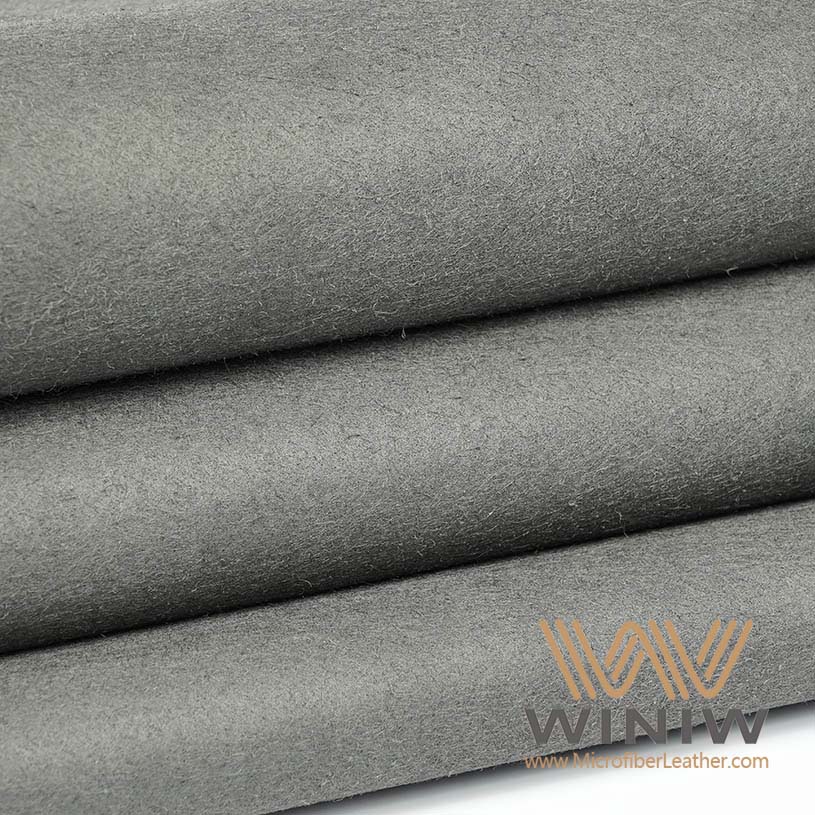
Here is a quick guide to help you compare:
|
Clue |
Genuine Leather |
Fake / PU Leather |
|---|---|---|
|
Pores |
Uneven, random |
Even, consistent |
|
Texture |
Slightly rough or oily |
Plastic-like smoothness |
|
Shine |
Soft, subtle |
Glossy, reflective |
|
Color Variation |
Gradual, organic |
Flat and even |
Tip: Trust your senses. Genuine leather has a unique earthy aroma and shows natural imperfections. These traits set it apart from synthetic options.
You want your purchase to last and reflect your values. When you buy quality leather, pay attention to several important factors:
Feel the material. High-quality leather should feel supple yet firm.
Examine the texture. Look for subtle variations and natural markings.
Smell the product. Genuine leather has an earthy scent.
Check the edges. Well-finished edges show attention to detail.
Notice imperfections. Scars or markings on full-grain leather add character.
Consider ethical sourcing. Choose brands that support animals raised in ethical conditions and carry certifications like the Global Animal Partnership. Supply chain transparency matters. Products that share details about the leather's origin help you make informed choices.
Price can guide you, but it does not always guarantee quality. Here is a comparison:
|
Leather Type |
Price Category |
|---|---|
|
Full-Grain Leather |
Most Expensive |
|
Genuine Leather |
Less Expensive |
|
Synthetic Leather |
Least Expensive |
You unlock many uses of leather fabric when you choose wisely. Bags, shoes, jackets, and furniture all benefit from quality leather. Your choices shape your style and support responsible practices. You inspire others by choosing products that last and reflect your values.
You now see the differences between genuine leather and other types. This table highlights key characteristics:
|
Type of Leather |
Characteristics |
Common Uses |
|---|---|---|
|
Genuine Leather |
Treated for uniformity, budget-friendly |
Belts, wallets, shoes |
|
Full-grain Leather |
Highest quality, natural grain |
High-end products |
|
Top-grain Leather |
Smooth surface, balanced quality |
Quality goods |
Understanding grades and marketing terms helps you avoid common pitfalls. You make smarter choices, find products that match your style, and support ethical practices. Your knowledge inspires confidence every time you shop for leather.
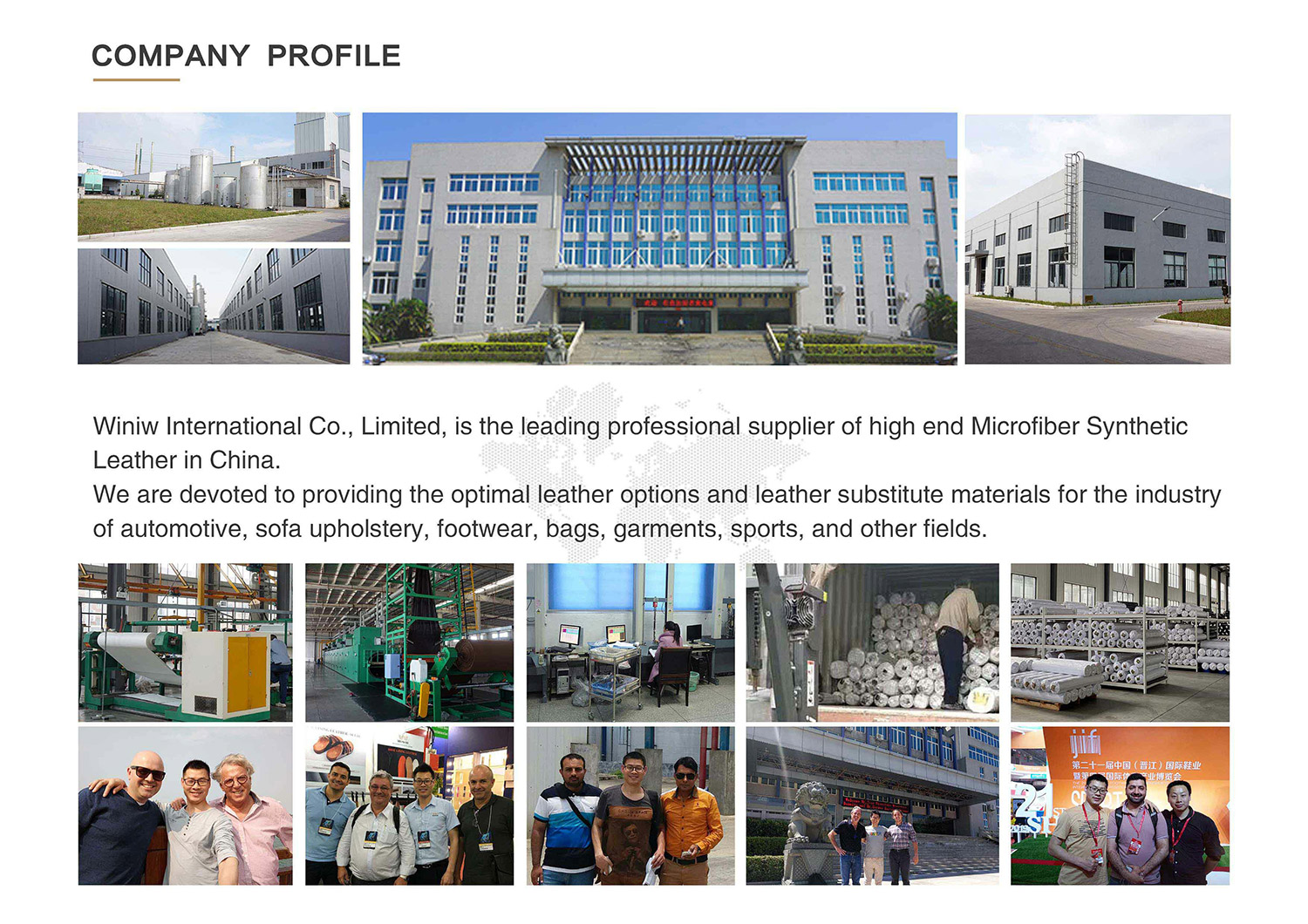
You feel the difference. Genuine leather comes from animal hides. Synthetic leather uses plastic. Genuine leather lasts longer and develops character as you use it.
You can restore genuine leather with special kits or professional help. Small scratches often fade with gentle care. You give your item new life with attention.
You support tradition with genuine leather. Some brands use ethical sourcing and eco-friendly tanning. You can choose wisely and help protect the planet.

Scan to wechat:
